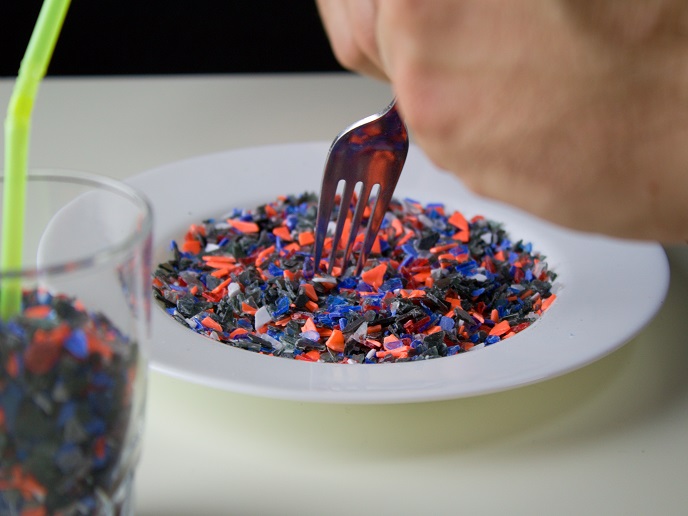Measuring mixtures of oestrogenic compounds
Concern is growing about the effect on aquatic life from chemicals that mimic the female hormone oestrogen. One problem associated with these compounds is disruption to the reproductive system of a number of fish species. Most scientific research has until now focused on the effects produced by a single chemical. However, identifying the cause of effects found in aquatic organisms requires an understanding of how suspected causative agents might act when present as a mixture. The ACE project investigated the impact caused by combinations of oestrogenic chemicals. This approach more accurately reflects what occurs in the real world than studying single compounds. The consortium's multidisciplinary research team included fish biologists, endocrinologists, statisticians and analytical chemists. Project partners VU University Amsterdam used the 'Estrogen responsive chemical activated luciferase gene expression' (ER-CALUX) assay to test the combinative effects of 13 oestrogenic compounds on a human breast cancer cell line. The compounds were first tested individually to determine their effect at different concentrations. Mixtures of these oestrogen mimics in ratios based on these levels were then used in the assay. Significant mixture effects could be identified even when every compound present was at a concentration that would not have a significant effect if applied on its own. The ER-CALUX assay was extremely sensitive and provided results that could be easily reproduced, even for mixtures made up of many components. Findings by the ACE project suggested that in some circumstances it was possible to predict the effects produced by a mixture of compounds accurately. This information can help contribute to the creation of more effective environmental standards for protecting the aquatic environment and the general public.





